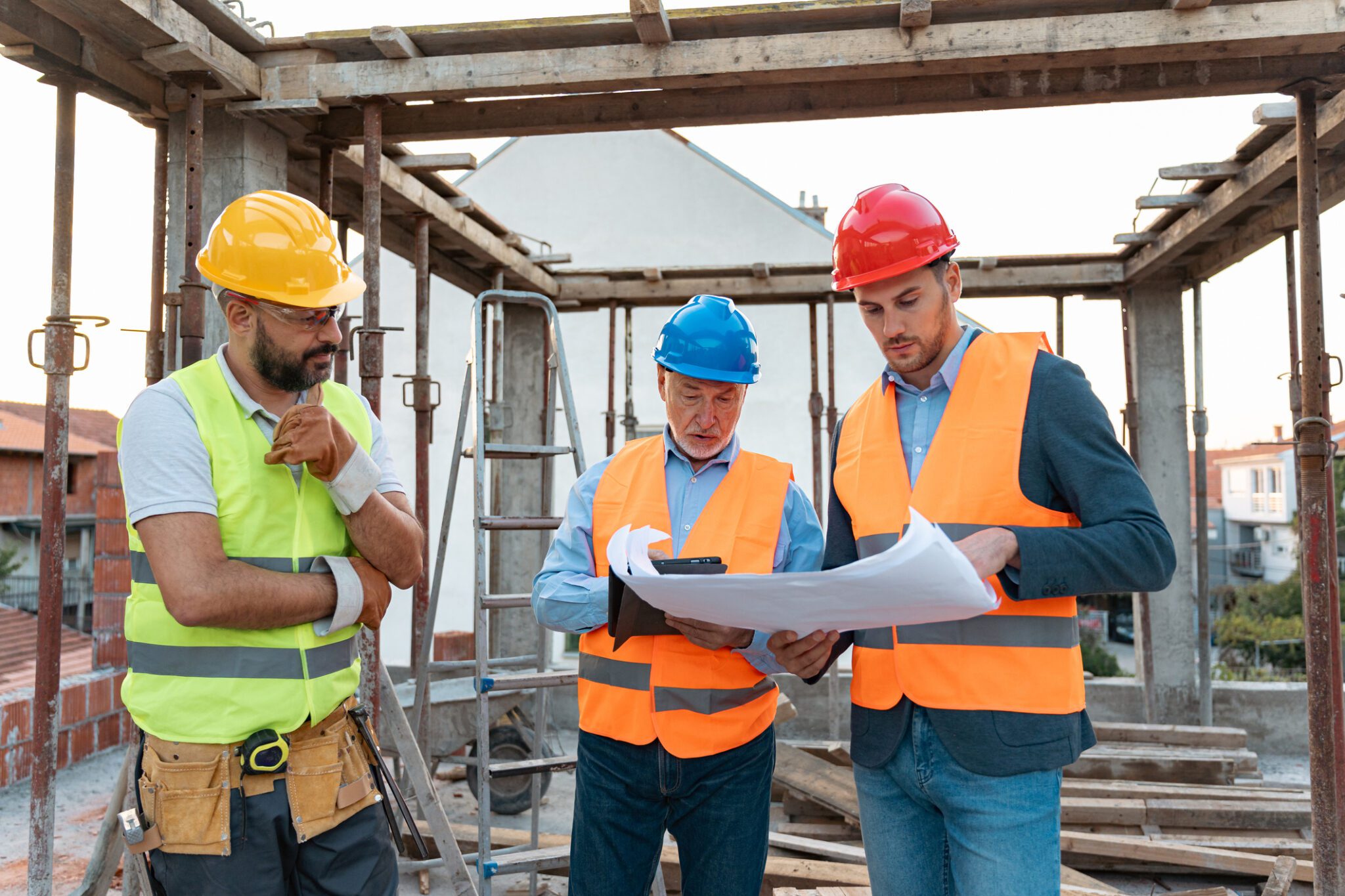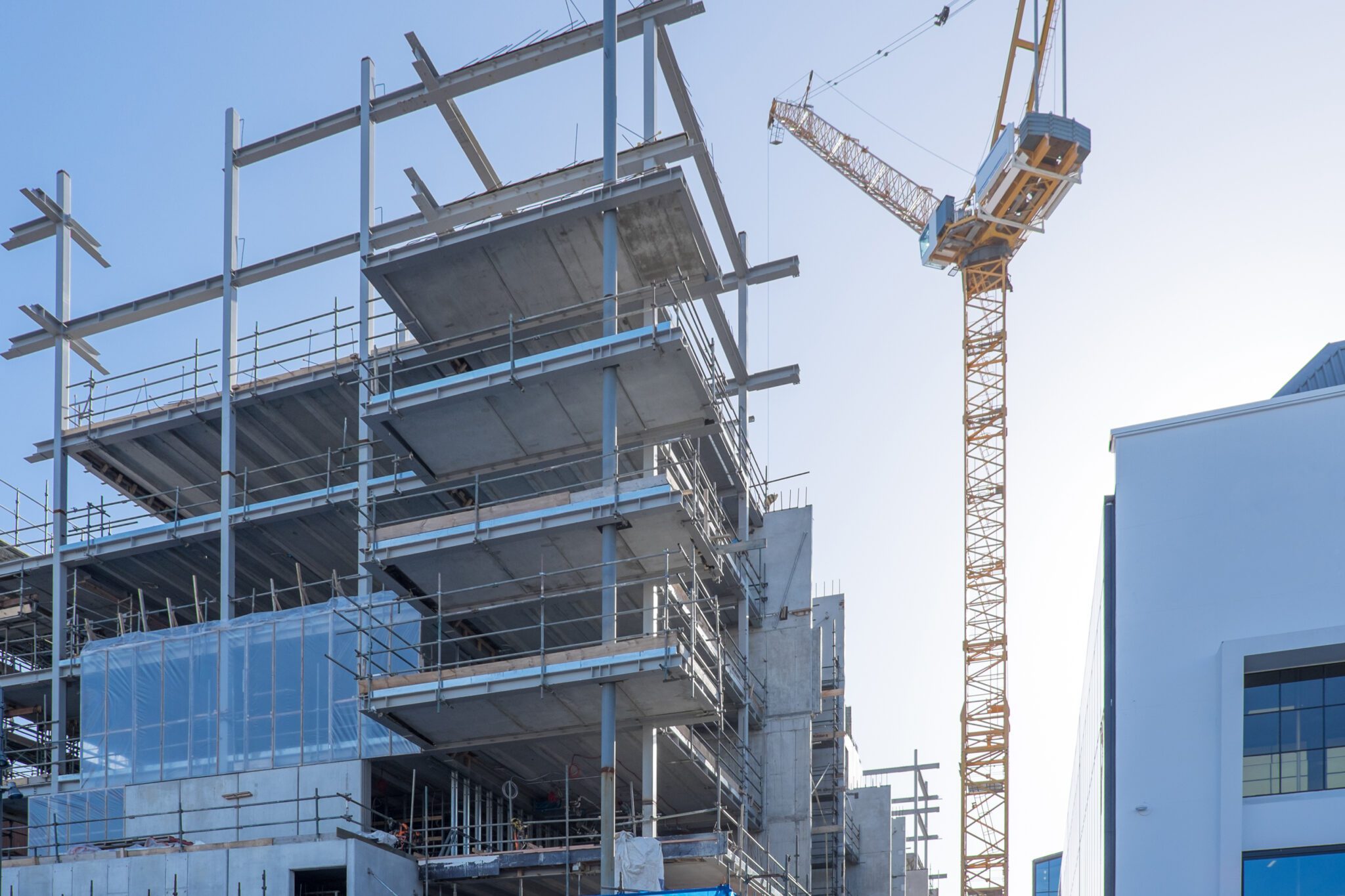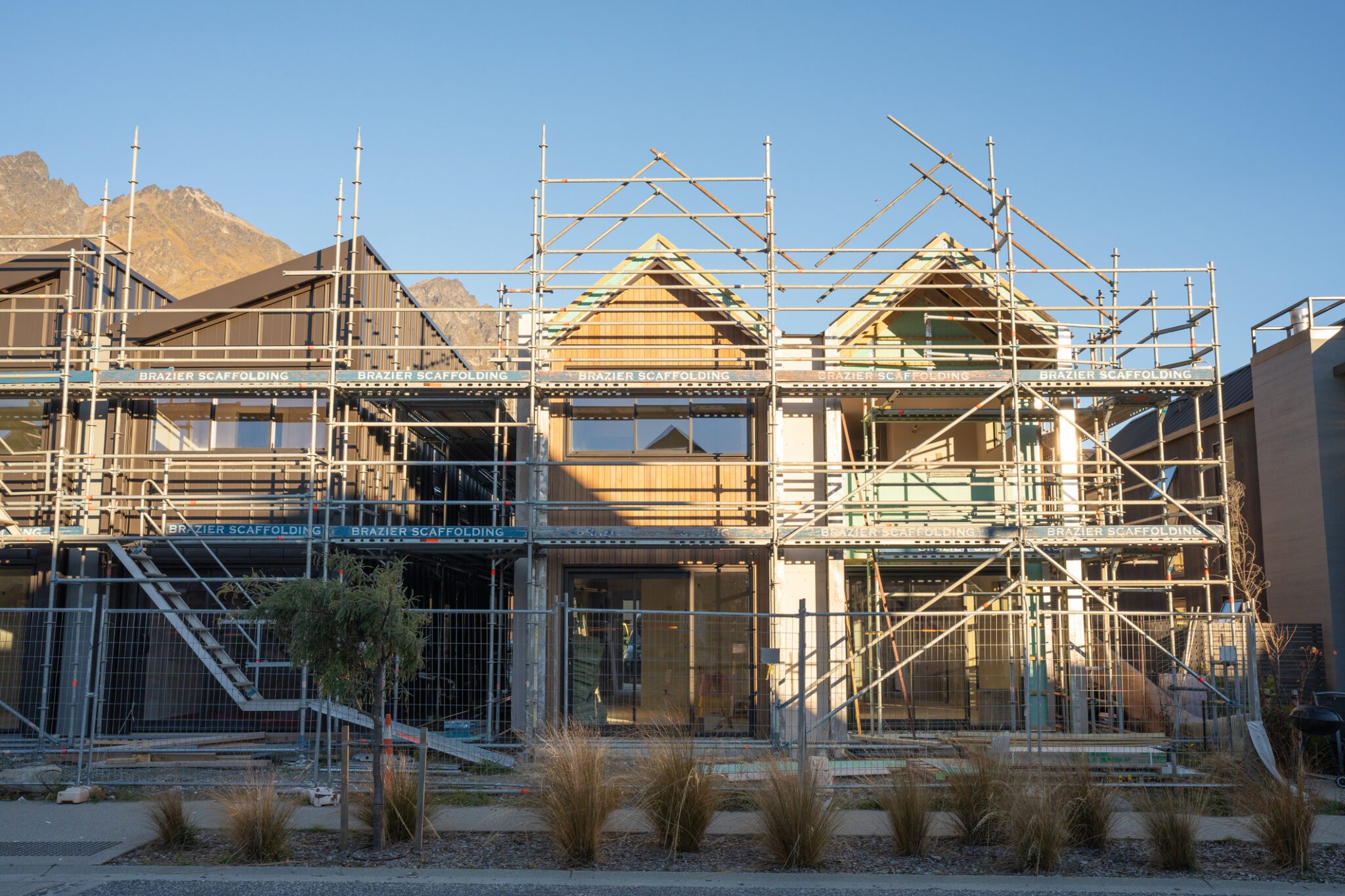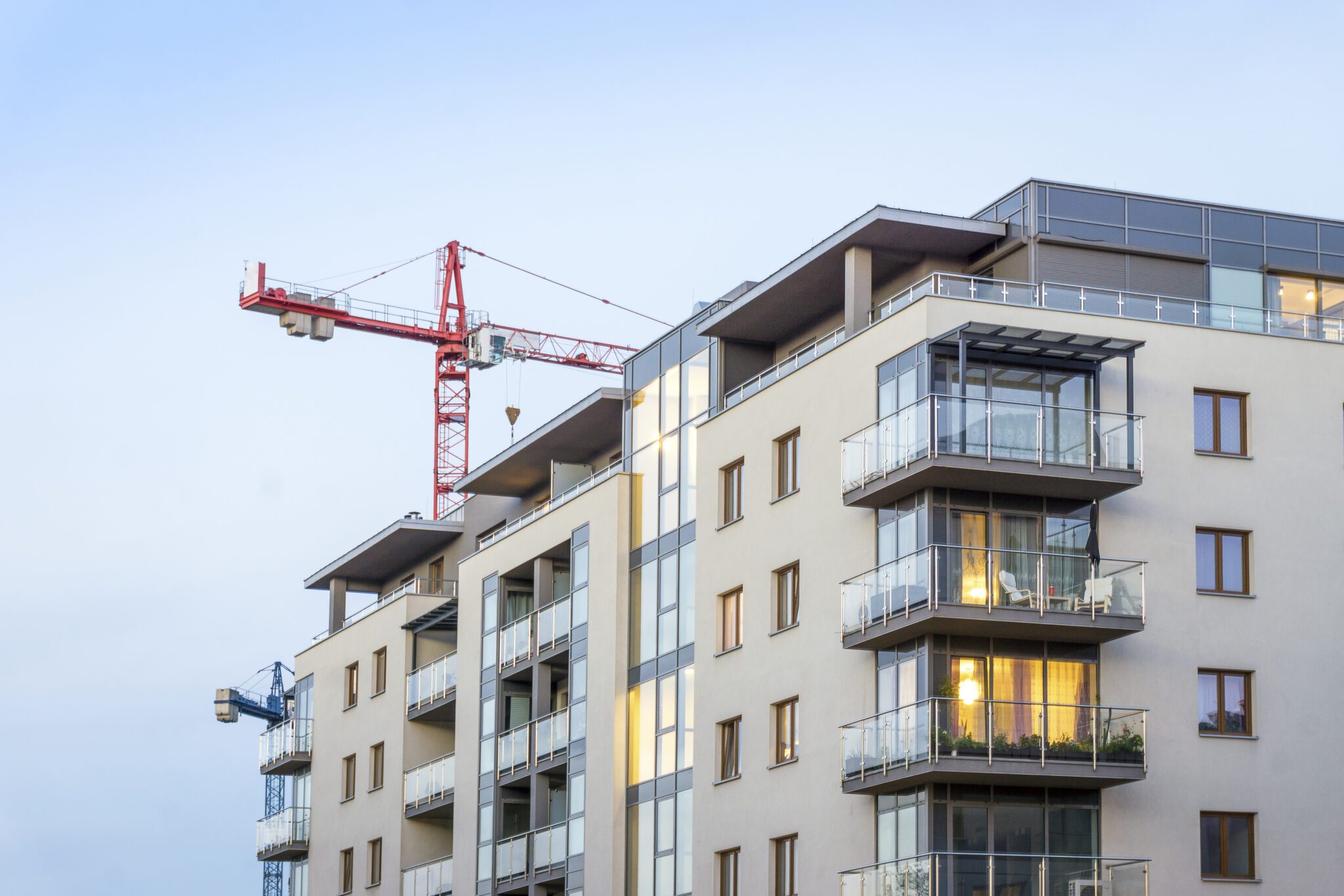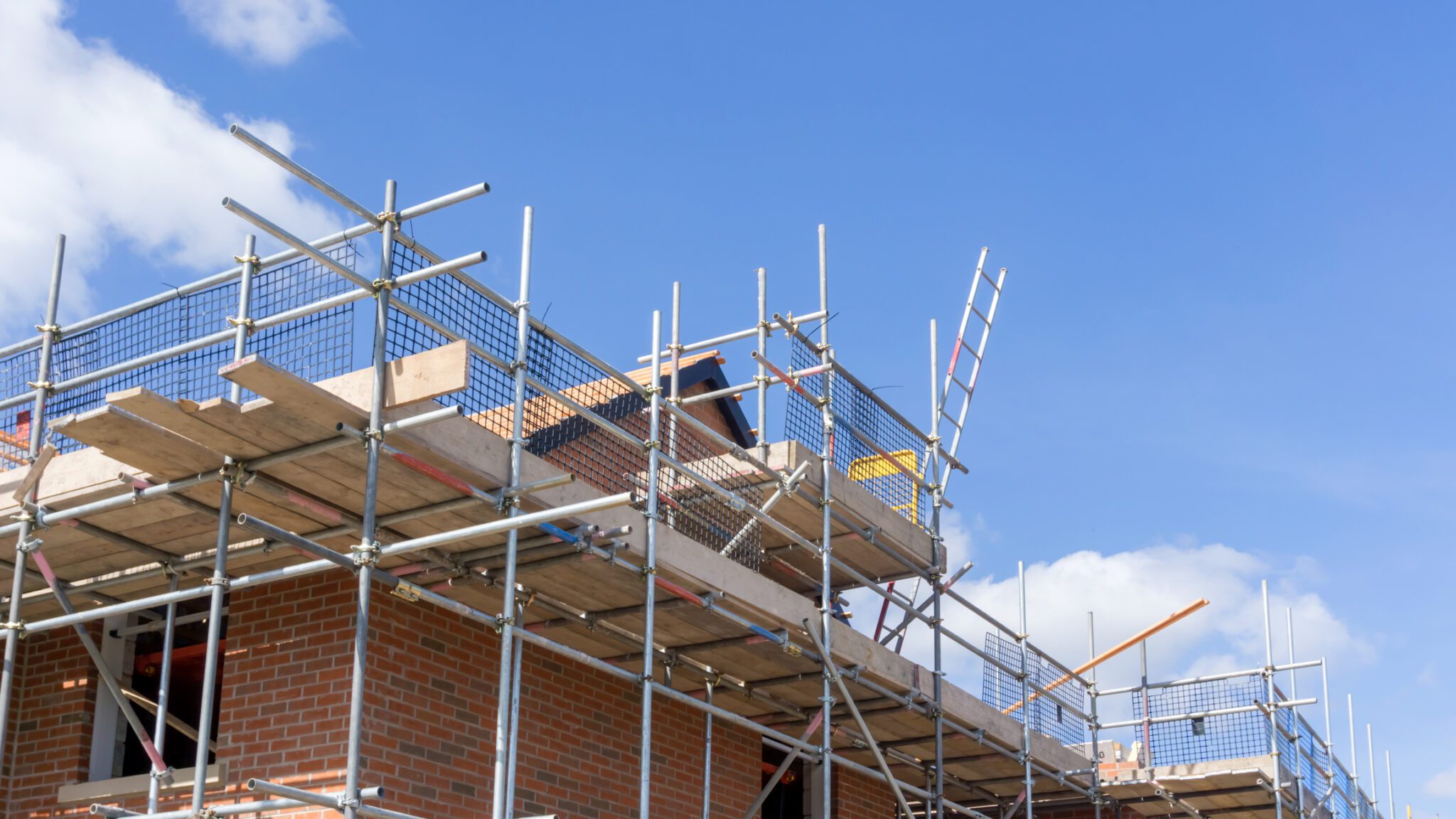If you are embarking on a construction project, it is likely that it will be impacted by unexpected delays at some point. But how do you account for this in your contracts? Below we break down the most common types of delays and the typical legal safeguards put in place around them.
Broadly speaking, delays can fall within 3 categories:
- those for which the principal/client/owner is responsible – this would include variations as a result of changing the scope of the works and delays in obtaining necessary consents from the relevant authorities (other than where the contractor has agreed to be responsible for obtaining the consents in relation to the works);
- those for which the contractor is responsible – this would include poor management so that adequate resource cannot be allocated to the project;
- force majeure events – this would include adverse weather conditions, unforeseen site conditions and pandemics.
The contract will prescribe which party should bear the risk and therefore the cost if any of these delay events occur. It is therefore important to fully understand how the contract treats these different types of delay event and where the risk lies. Legal advice should be obtained to assist with the differentiation of these delay events in the contract and achieving a fair balance of risk between the parties.
The most common area of contention between the parties arises in relation to the “non fault” delay events i.e. those events for which neither party is the direct cause of the issue. Some of these are discussed in more detail below.
Weather
Most contracts provide that the contractor can claim additional time to complete a project, and any additional costs incurred as a result if the works are delayed due to adverse weather conditions.
Whilst this is reasonable, there should be some controls around the ability of the contractor to claim in these conditions. The weather should be sufficiently adverse that it actually impacts on the critical path of the works. For example, heavy rainfall will cause delays to the laying of foundations but should not have any impact on internal fit out works once the structure is weathertight.
In addition, the contractor should be obliged to mitigate the impact of the delay. This may include changing the order in which the works are to be carried out or adopting acceleration measures when the weather event ceases.
It also needs to be understood whether or not the contractor has already included some float in the programme to allow for adverse weather.
Cost Fluctuations
Increasing costs of materials, plant and labour is a key and real issue in the current market. Many contractors therefore seek to be able to recoup any increase in costs by increasing the price to reflect this, and most contracts allow the contractor to do so.
The principal/client/owner has no control over the contractors’ supply chain (unless specific suppliers have been prescribed in the contract) and the contractor should have some degree of control over its supply chain. It is important therefore to have discussions with the contractor as to which materials are giving the contractor concern and which materials prices can be controlled via management of the supply chain. For example, some suppliers will be able to fix the price for the materials for longer.
Mitigation measures should be considered including allowing for early procurement of materials in the contract so as to remove the risk of price increases during the project.
Unforeseen Site Conditions
Contracts usually allow contractors to increase the price if site conditions are encountered which are not in line with reasonable site expectations, for example encountering hard rock, hazardous materials or excessive groundwater.
If there are concerns as to site conditions, then it is worth considering obtaining detailed site reports prior to signing the contract and providing these to the contractor so as to reduce the risk of encountering unexpected conditions. It may also be useful to set out in more detail what the expected conditions are. These will vary depending on the location of the site.
Conclusion
Whilst delays in build projects are arguably inevitable, which party bears the risk and therefore the cost of these is something that should be considered prior to entering into a contract and discussed between the parties. Legal advice should be obtained to assess where the risk lies in the contract and to negotiate a fair allocation of risk to both parties. Contact our construction law team.
Special thanks to Partner Julia Flattery for preparing this article.
Disclaimer: The content of this article is general in nature and not intended as a substitute for specific professional advice on any matter and should not be relied upon for that purpose.
